English Heritage is a charitable organization that is responsible for the administration of more than 400 monuments in England. As a result, it allows the guests to discover the history of the United Kingdom and visit the most famous attractions including Stonehenge, Dover Castle, and Hadrian’s Wall. It is the organization’s mission to make sure that these sites are properly maintained and open to the public, offering programs, activities, and exhibits that teach people about history in an engaging way. Thus, through the combination of conservation and historical narratives, English Heritage assists people and communities in comprehending the importance of these sites in the context of the history of England.
The charity also supports historical research and preservation so that the future generations can also benefit from such artifacts. English Heritage has developed a brand that is easily recognizable and appealing to both the history lovers and the tourists, which makes it a reputable organization in the preservation and promotion of the history of England. Also, its work is beneficial for the local economy as it helps to attract tourists and stimulate the industries connected with it. In this way, English Heritage continues to develop new ways of engaging the public through digital content and live reenactments while remaining true to its core mission of protecting England’s most valued historic places.
March Into History at Battle Abbey
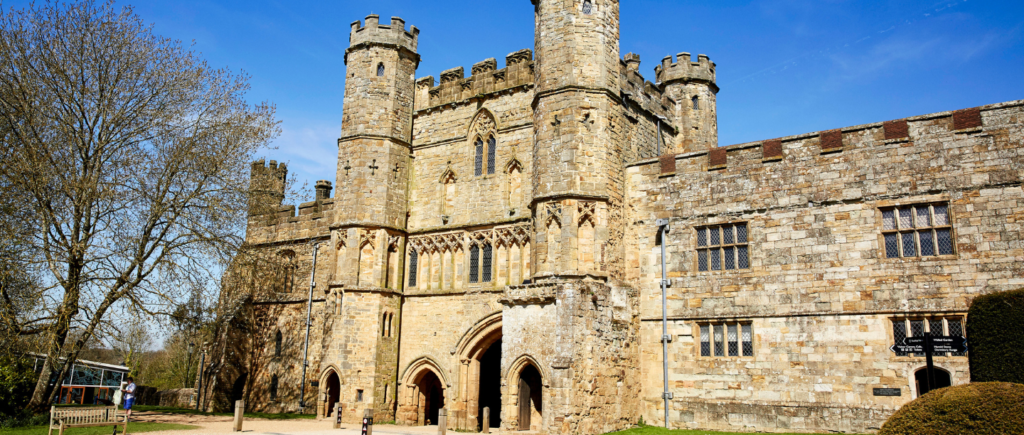
Stand on the most well-known battle field in England and follow the footsteps of William the Conqueror and King Harold in the battle of 1066. Learn how the Normans were able to defeat the Saxons and change the course of English history. The battlefield trail is a series of carved wooden sculptures of Norman and Saxon soldiers and the abbey that William built after the conquest is a great place to get a feel of the past.
Discover the history of the site through the exhibits, go up to the roof of the gatehouse to get the view of the battlefield, and have fun in the medieval playground. There are things to do for everyone at Battle Abbey and the day is guaranteed to be filled with history and entertainment.
Highlights not to miss:
- You can try your hand at lifting a Norman shield in the exhibition.
- Go to the Harold Stone, which is the place where the Saxon king died
- Take a leisurely walk through the beautiful Victorian walled garden
- Visit the Battle of Hastings re-enactment in October
- Climb to Battle Abbey by train, bus or bike and get a 20% discount on the ticket price if you do not book in advance. Have fun while making a contribution towards the preservation of England’s most valued historical sites.
Explore the History of Abbotsbury Abbey
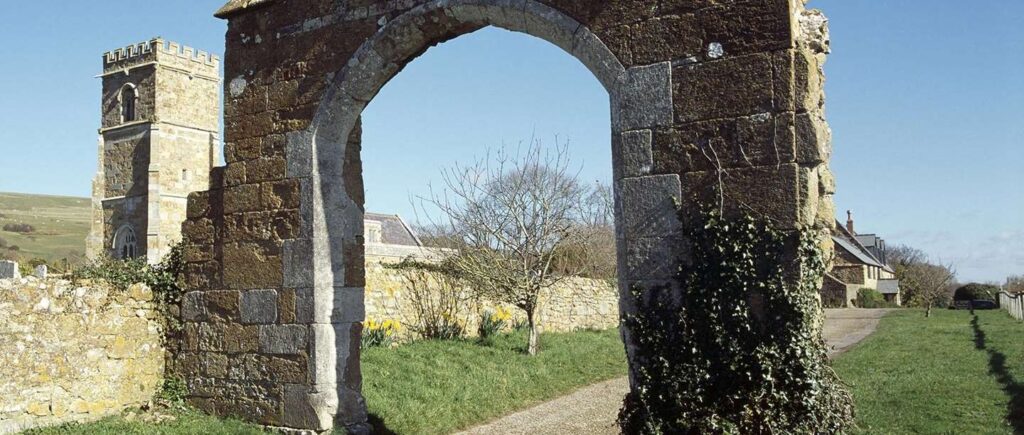
The village of Abbotsbury in Dorset was once the site of a magnificent abbey, which was established in 1044 by a thegn of King Cnut. While many of the structures of the abbey have been destroyed over the years, the few that are still standing today give a glimpse of the medieval period. The visible remains which may have been the abbot’s lodging house are dated to the 13th and 14th centuries; the nearby tithe barn erected around 1400 is evidence of the abbey’s prosperity at its prime.
More abbey remains can also be seen in the churchyard of St Nicholas Church where two medieval sarcophagi are also located to give more information about the place. These relics make Abbotsbury an interesting place for history lovers as they get to see how monasteries were like in medieval England.
Abbey Abbotsbury Abbey Before You Visit
- Parking: There is a car park near the abbey at Rodden Row (DT3 4JL) which is paid but it is not operated by English Heritage.
- Location: The car park is located at the site of the abbey remains and the exit to the car park is in the southwest part.
- Facilities: There are shops, food outlets and restrooms in the village centre.
- Organise Your Day in Abbotsbury:For those who are interested in more history, there is St Catherine’s Chapel which is located a few minutes’ walk away from the site; this is a small chapel constructed by the monks of Abbotsbury Abbey. It is a calm place with stunning views and was used to be a place of worship for people.
Other monuments that are also found in the area include the Kingston Russell Stone Circle, The Nine Stones and Winterbourne Poor Lot Barrows. Just 15 minutes’ drive from Abbotsbury, there is Maiden Castle, which is an Iron Age hill-fort. Instead, there is Portland Castle, one of the best preserved of Henry VIII’s coastal forts, with a tearoom overlooking Portland Harbour.
Explore the History of Abingdon’s County Hall
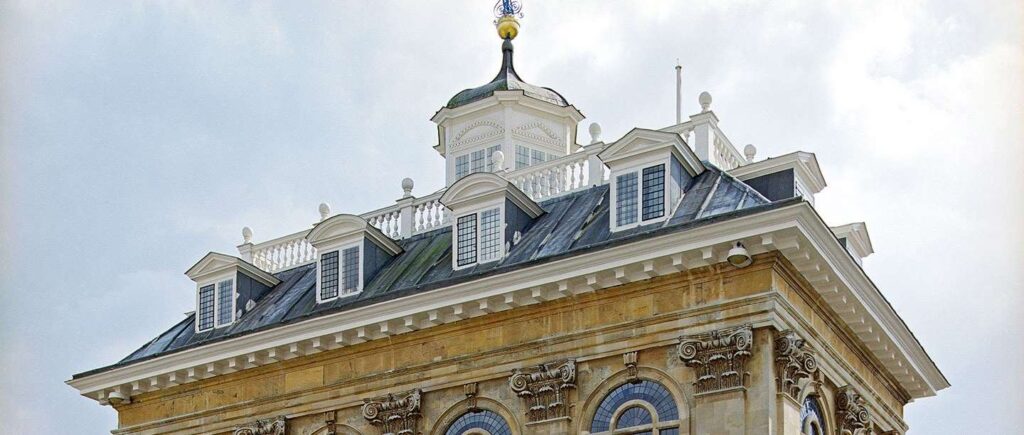
The County Hall in Abingdon is a Baroque building which has been located in the market place since the late 17th century. The hall was built between 1678 and 1682 by one of Sir Christopher Wren’s students; the first floor housed a courtroom, while the ground floor was an open market area, elevated on arches. Today it is home to the Abingdon County Hall Museum where people can learn more about the history of the town.
Another interesting feature of the museum is that it has a roof terrace where one can see the beautiful view of Abingdon’s busy market place. The County Hall remains to this day as a testimony of the historical and cultural development of the town.
Abingdon County Hall Museum: Things to Do Before You Visit
- Access: The building has more than 120 steps with majority of them having shallow tread. There is a small lift to the cellar but there is no lift to the gallery or the roof top.
- Opening Times: The museum is open from 10 in the morning to 4 in the evening, Tuesday to Sunday, annually and on Bank Holidays except for Christmas and New Year.
- Roof Access: The rooftop is available in fair weather only and at extra cost.
Dogs: Service animals are allowed but only assistance dogs are allowed in the premises. - Drone Policy: Drone flights from or over the site are prohibited unless by contractors who have been sanctioned by English Heritage.
- Plan Your Visit:Visitors who have visited the County Hall Museum can further spend their day visiting other historical attractions. The Ridgeway is a very interesting place to visit and there are several interesting sites that are located in the area including the Uffington Castle, the White Horse, Dragon Hill, and Wayland’s Smithy. For a more serene environment, the riverside of Minster Lovell Hall and Dovecote is an ideal place for a quiet picnic.
Visit the Historic Roman Fort at Ambleside on the Lake Windermere
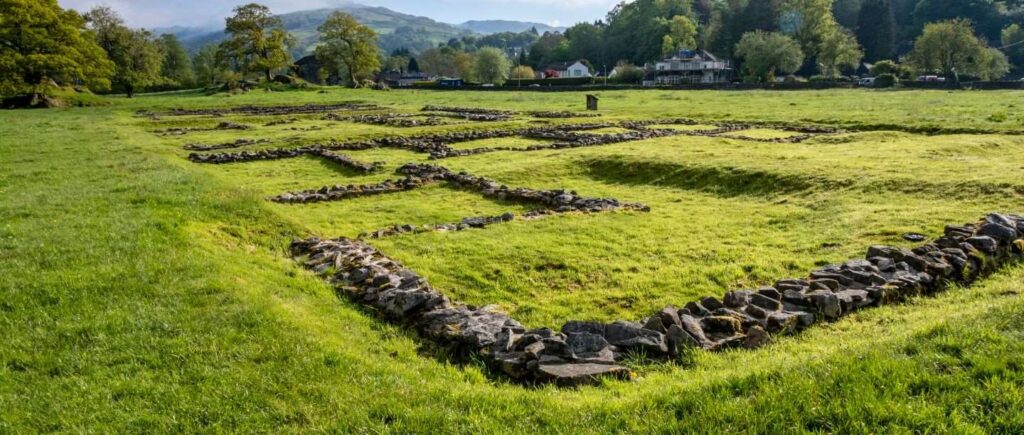
Located at the picturesque Lake Windermere, the ruins of Ambleside Roman Fort provides a glimpse of the 2nd century Roman Britain. This fort was built during the rule of Emperor Hadrian and was strategically located to protect the Roman road from Brougham to Ravenglass and also as a supply depot for the Roman army. The well preserved ruins are evidence of the Roman engineering and their mastery of the area.
Ambleside Roman Fort is another historical site that is under the management of the National Trust and is a great place for history lovers as it provides a glimpse of the Roman era in the Lake District. The ruins of the stone walls allow the visitors to envision the fort as it was filled with soldiers and supplies to get a glimpse of the life in Roman Britain.
Before You Visit Ambleside Roman Fort
- Parking: There are public paid parking spaces all over Ambleside. Public transport is recommended for use by the visitors as much as possible. For more information on services in and around the Lake District, visit the Stagecoach website.
- Dogs: The site is pet friendly and dogs on leads are allowed to be taken to the site for a pet friendly experience.
- Livestock: There are likely to be farm animals roaming around the compound, and therefore visitors should be cautious when moving around the compound.
- Spend an Entire Day in Rome:Ambleside Roman Fort is one of the many interesting Roman structures in the area. The nearby Ravenglass Bath House gives more information about the Romans’ daily life and Hardknott Roman Fort gives a great view of the scenery. These sites were once linked by Roman roads and provide a better insight into the Roman military topography of Britain.
If you want to explore the history and industry, then head to the other end of Lake Windermere to the award-winning Stott Park Bobbin Mill. It is located about 30 minutes’ drive from Ambleside or a 30-minute boat ride from Bowness followed by a 10-minute walk, and therefore it is a perfect place to visit after a day of sightseeing.
Apethorpe Palace: A Royal Palace of Tudor and Stuart Kings
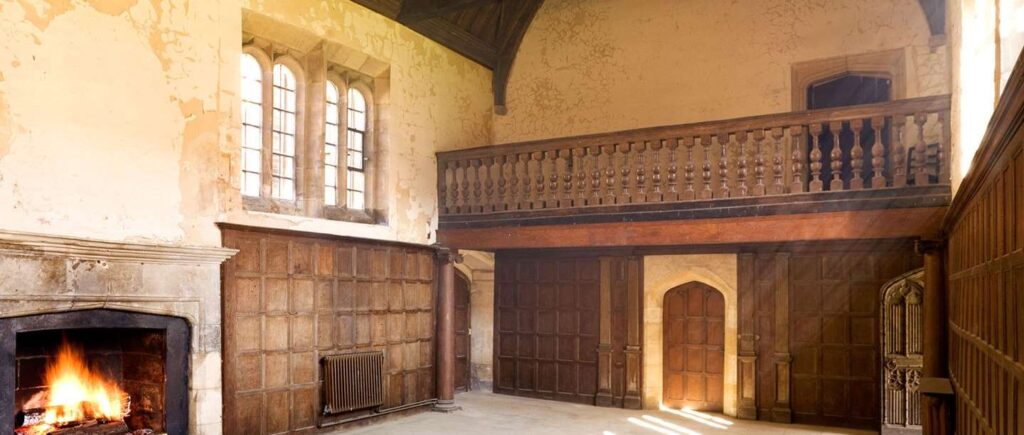 One of the most important country houses in England, Apethorpe Palace has a unique place in the history of the country because of its royal associations and magnificence. Originally, Apethorpe was in the possession of Elizabeth I who received it from her father, Henry VIII and the house was often used for royal dwelling. James I and Charles I frequently resided at the palace; James I was particularly fond of the estate and personally supervised the construction of new state rooms for leisure and amusement.
One of the most important country houses in England, Apethorpe Palace has a unique place in the history of the country because of its royal associations and magnificence. Originally, Apethorpe was in the possession of Elizabeth I who received it from her father, Henry VIII and the house was often used for royal dwelling. James I and Charles I frequently resided at the palace; James I was particularly fond of the estate and personally supervised the construction of new state rooms for leisure and amusement.
The most famous architectural style of the palace is Jacobean, and the King’s Bedchamber and the Long Gallery are considered to be the most preserved samples of the style. The history of Apethorpe is not only in the fact that it belonged to the royal family but also in the fact that it was used as the hunting lodge and for the royal entertainments, particularly in the Rockingham Forest.
Apethorpe Palace is a private property, but it is open for visitors during the guided tours in July and August only if prior arrangement is made. The interiors of this estate are steeped in history and the 90-minute tour allows the visitors to get up close and personal with this fantastic property. The tours are conducted in groups of up to 18 people and are not recommended for children under 12, which makes the tours very informative.
A Tour through the Historical Background of England
From the war torn ruins of Battle Abbey to the stately homes of Apethorpe Palace, England has a rich history of war, royalty and architecture. Battle Abbey lets the visitor to tread on the actual site of the battle that took place in 1066 while Abbotsbury Abbey is a tranquil site that gives a glimpse of the monastic lifestyle of the middle ages. Every place has its own history and, therefore, each of them is a perfect example of the richness of the English culture.
Visiting places like Ambleside Fort gives an understanding of the Roman Britain while places like Abingdon County Hall gives the Baroque architecture and the importance of the town. Each place, from the stately homes to the isolated fortresses, comes alive and provides an opportunity to travel back in time and understand the history of the country that is England.
These historical landmarks are well maintained so that future generations can also be able to appreciate the beauty of these landmarks. All of these sites present a chance to learn more and explore the history of England and everyone is welcome to do so. Interacting with these artifacts fosters a positive relationship with the nation’s historical past and its continuous development.



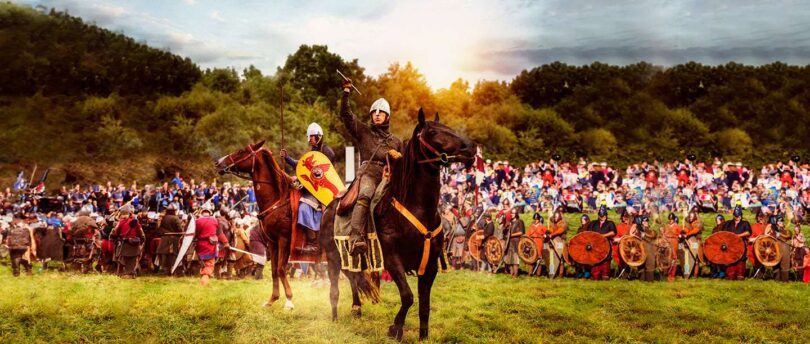

Leave a Comment